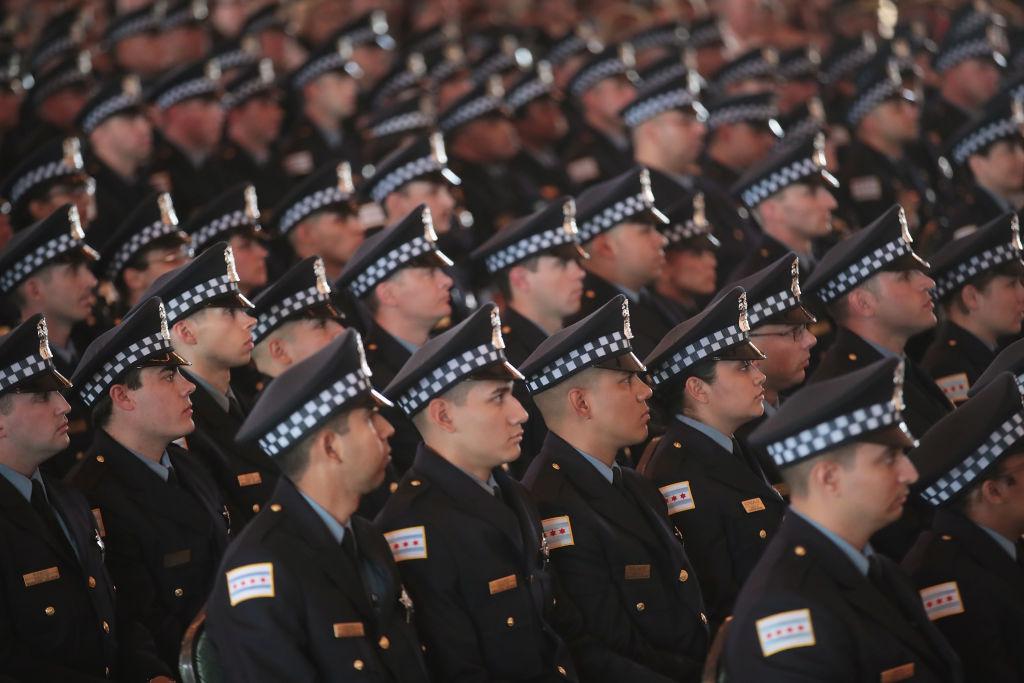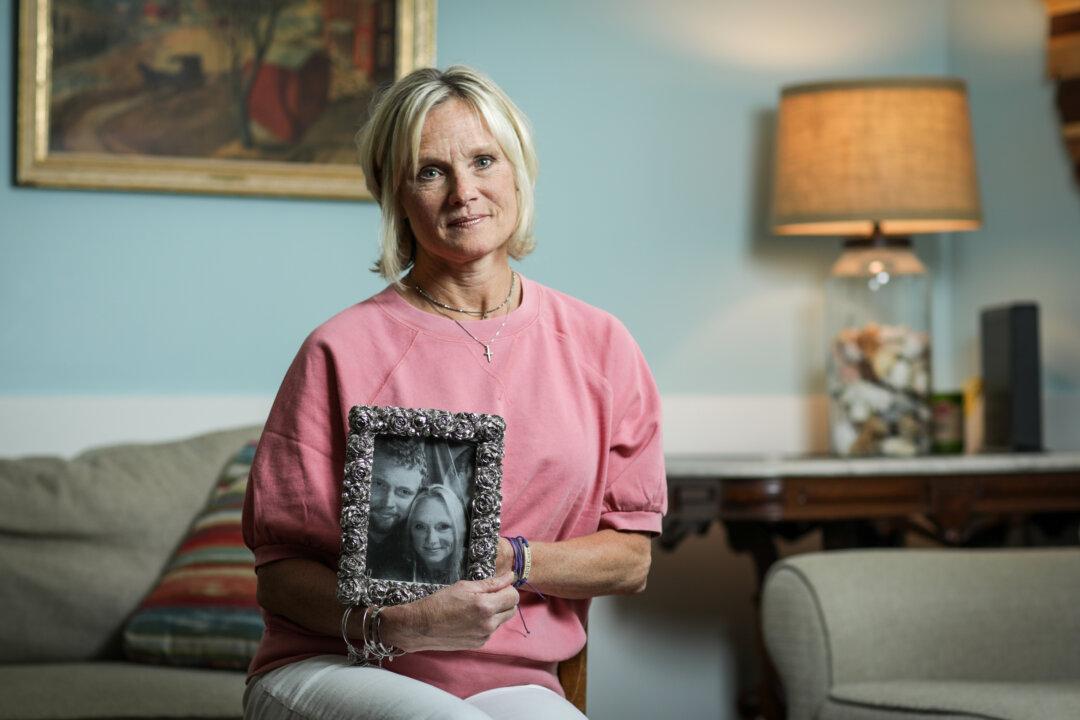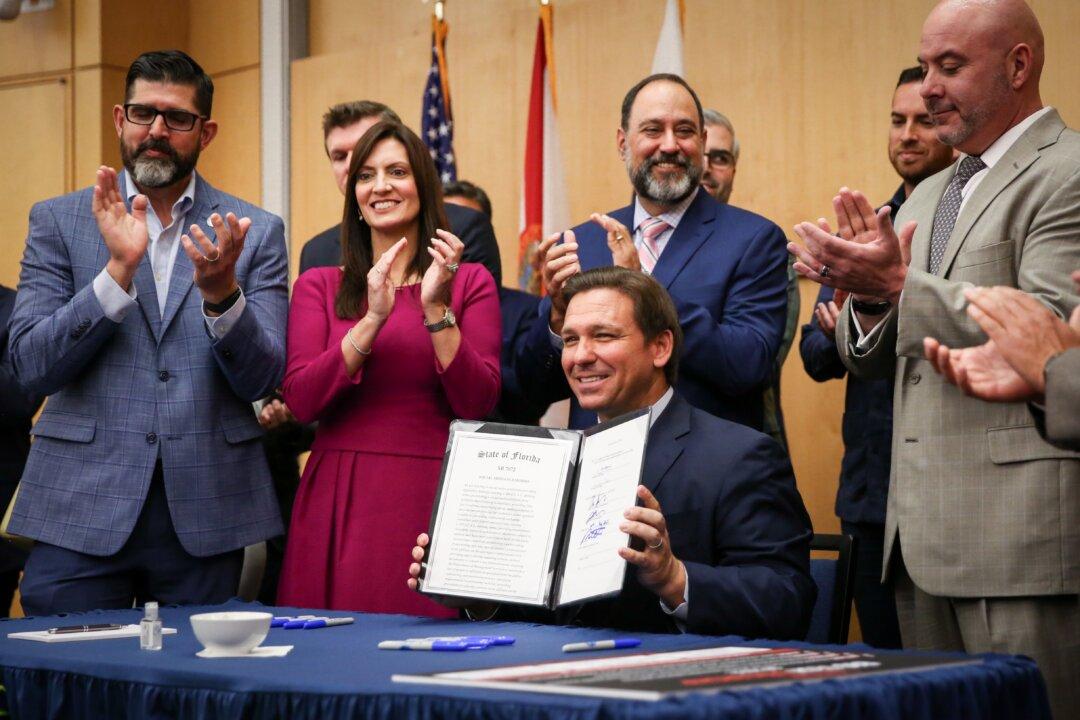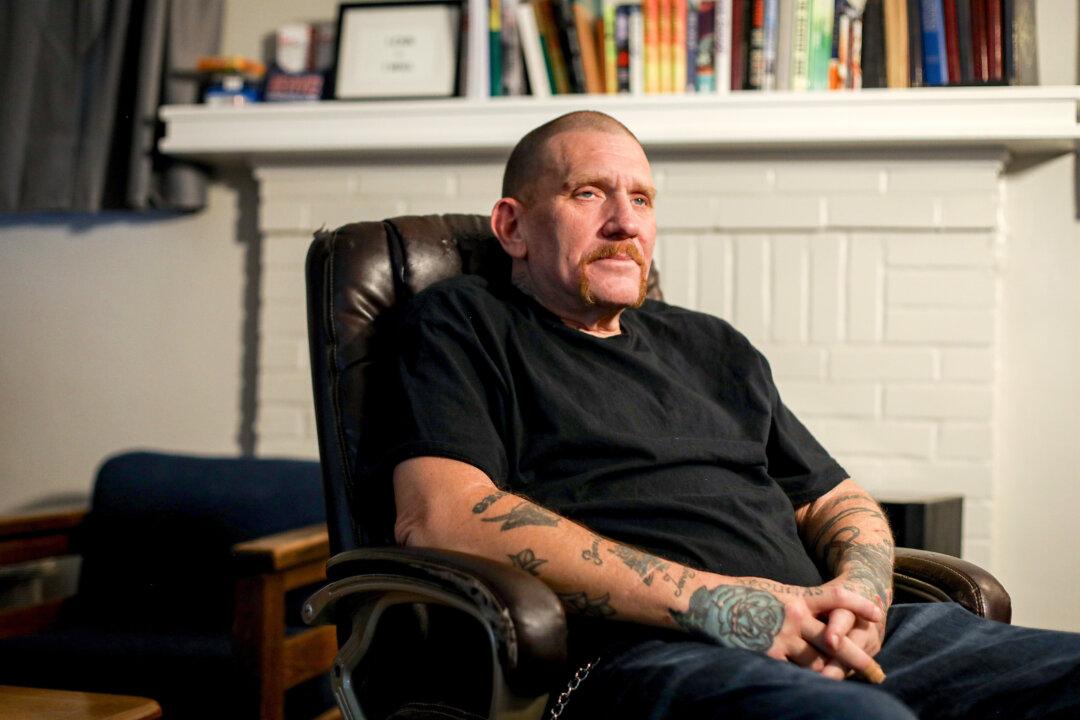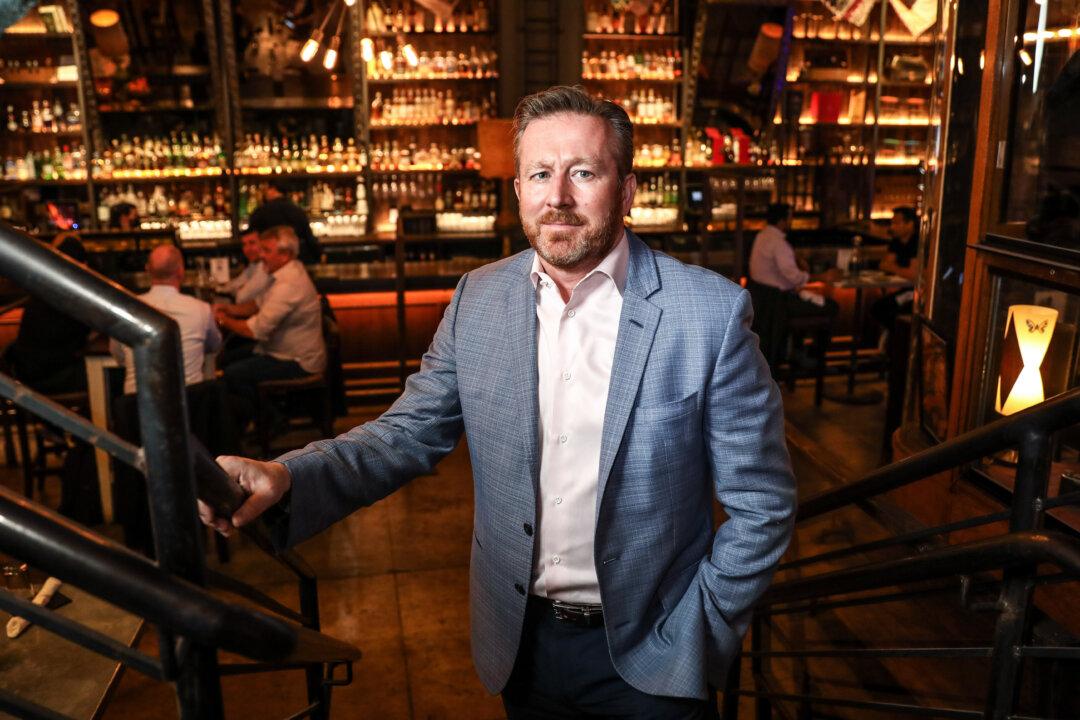Authorities in Chicago stated that the city’s murder rate declined in 2018, marking the second year in a row in which fewer people were killed in the Windy City than in the year before.
Chicago, sometimes described as the nation’s “murder capital” saw nearly 100 fewer murders in 2018 compared to 2017—a 15 percent drop, according to data from the Chicago Police Department’s end-of-year crime summary. Meanwhile, since 2016, murders as a result of a shooting have declined 31 percent in total.
